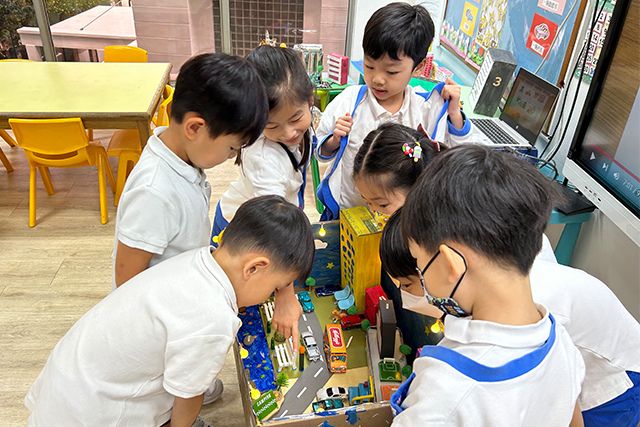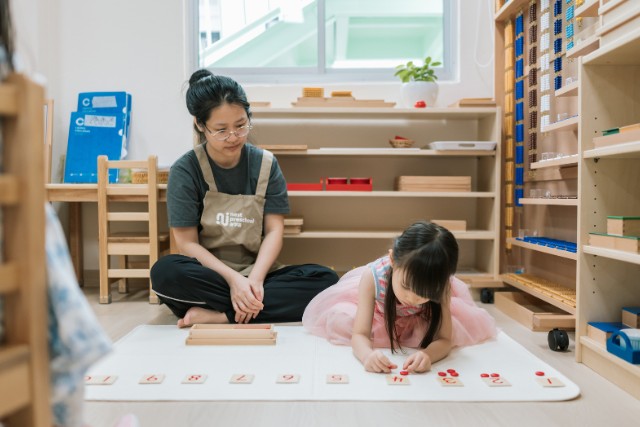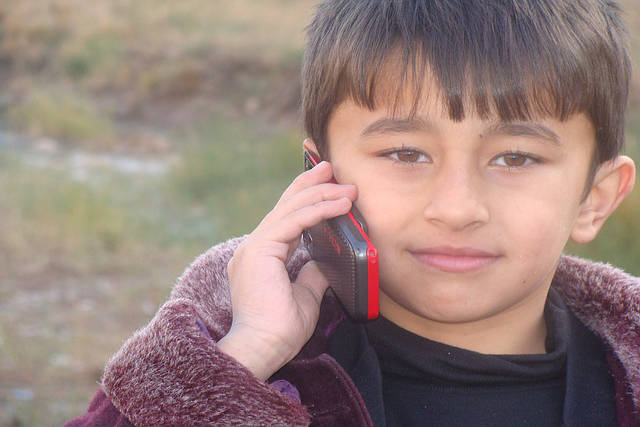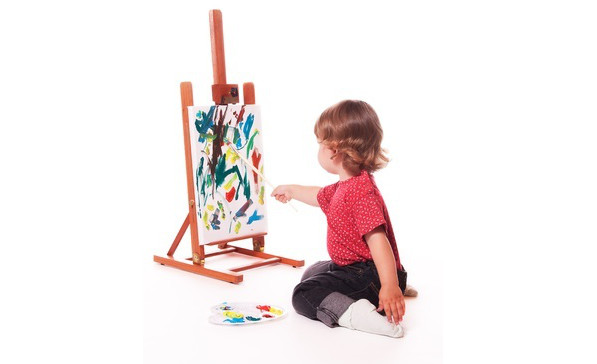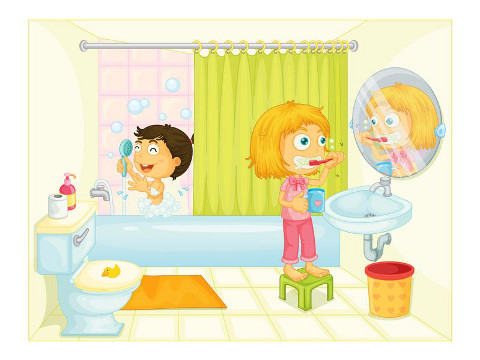With the current onslaught of children’s media programs, children today are more exposed to violence as compared to the past. What should you do when your child starts to ‘become’ Batman, Superman or Spiderman? This article will address some concerns parents might have regarding Superhero play in children.

What it is
Superhero play is a type of sociodramatic play that children engage in by using superhero-related figurines, costumes and other related props. While it is primarily seen in young boys, girls may be interested in superheroes and engage in such play as well.
Why are children attracted to Superhero play?
• It offers children authority and power
Superhero play is one way for children to achieve a sense of power and invincibility as portrayed in the various media. Children may experience doubts about their abilities and feel frustrated when they are not successful. Assuming the role of a superhero helps to eliminate these feelings. This is especially true for young children who have limited control in many areas of their lives.
• An outlet for physical activity
Young children enjoy vigorous physical activity such as running, jumping and wrestling. These activities often help to release tension and frustration. The themes in superhero play provide children with a setting in to incorporate such physical behaviors.
• Children can experiment with new roles
Superhero play allows children to use play to work out an understanding of experience, including violent experiences. Children’s play often focuses on the more graphic, confusing and aggressive aspects of violence, because they are trying to work out and understand such content.
Benefits
Play is a major medium in a child’s development. Superhero and war play can actually be beneficial to children. Young children grow to be familiar with the concepts of goodness and fairness and they are able to act out these concepts through their play. Children use play to help them understand their world, and superhero play enables them a safe avenue to role play and understand the violence they have seen from the media.
Researchers have also found that superhero play engages in healthy rough and tumble play. It also leads to greater skills and experiences in managing adversity without aggression as children grow up. Children also learn empathy as they take the roles of others. Through play, they practice responding positively to fearful situations, such as teasing and bullying.
Strategies for parents
• Entering into the play process
Adults should accept children’s play theme, encourage children to think through whom they want to play with, what and how do they want to play, to expand children’s thought processes. Parents can also involve themselves in the children’s play to gain their perspectives. Being involved in children’s play allows parents to observe children’s interaction with one another better and stop any inappropriate behaviour in time.
• Voicing your opinion and be honest
Parents should voice out and be honest with their children, should they see actions that are harmful or dangerous. Make it clear to children that there is one rule that will never change, which is “Everyone must be safe”. In this way, children will be able to understand the seriousness of the actions they are doing and be more cautious when they are playing.
• Acknowledge children’s appropriate use of authority
Acknowledging children’s appropriate use of their authority will help them develop a sense of autonomy. Children need to feel a sense of autonomy in order to develop their confidence. If they were shamed many times during this process, they will grow to doubt their capabilities.
• Connecting feelings to actions
Parents can help children link their feelings to actions when they engage in superhero play. Linking feelings to actions help children associate their imaginative play to reality, and helps them differentiate between imagination and reality. In this way, children’s play processes are facilitated appropriately and are transformed from negative play to positive ones.
• Setting clear boundaries
Parents can involve children in the planning of both indoor and outdoor rules. They can help children to be aware of the safety issues and ways to protect themselves and others from physical and psychological injuries.
If you liked this story, show some love by liking and sharing it at the bottom of the post.
Like what you read and want more? Receive our latest articles and giveaways when you sign up on our mailing list here.








